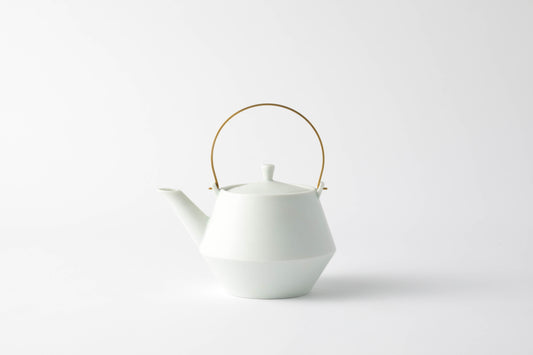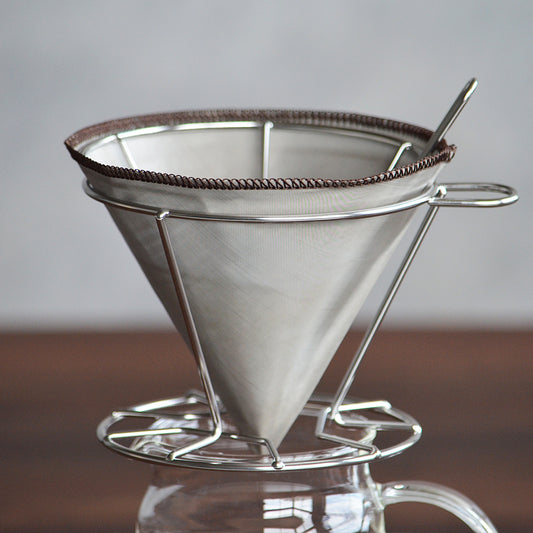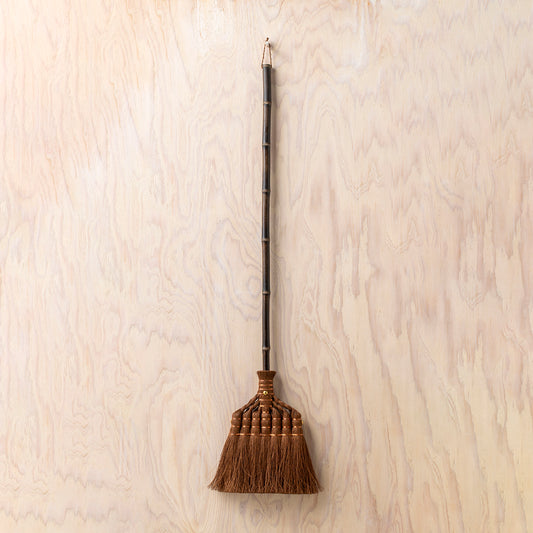有限会社冨岡商店
Flower vase stick
Flower vase stick
Supplementary product information
Supplementary product information
Production area: Akita Prefecture
Size:
・(Height) 200mm
・(Width) 120mm
・(Depth) 75mm
Materials: Cherry bark, plywood, glass tube, lead, urethane coating
Usage precautions: Please avoid leaving the product in direct sunlight, near heat sources such as stoves, or in humid places, as these conditions may cause the applied cherry bark to peel off and shorten the product's lifespan.
Couldn't load pickup availability
This is a sculptural single-stem vase made by arranging elongated cylindrical cherry bark craft pieces in a T-shape. While it may appear unstable at first glance, it can stand stably on its own due to an internal weight system. The simple composition of straight lines enhances the curved beauty of flowers when arranged. The cherry bark (mountain cherry tree bark) being a natural material itself creates a sense of unity with the arranged flowers. Even when no flowers are displayed, it appears as a sculptural work of cherry bark craft.

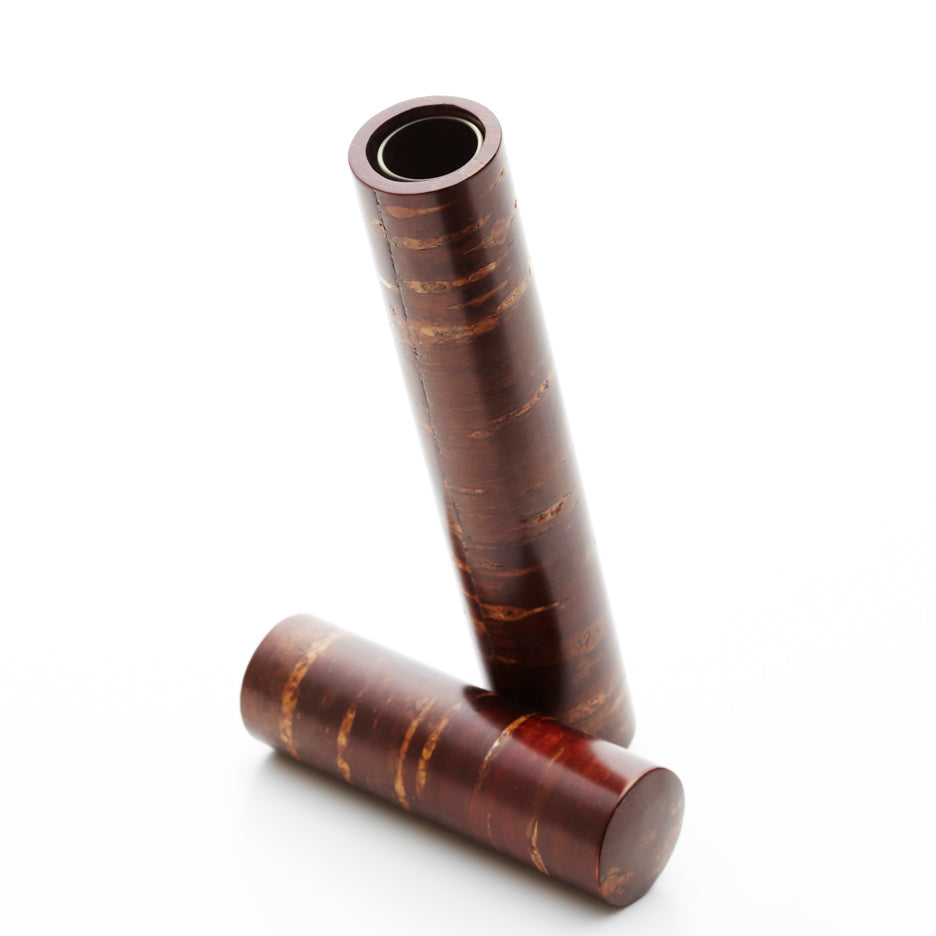
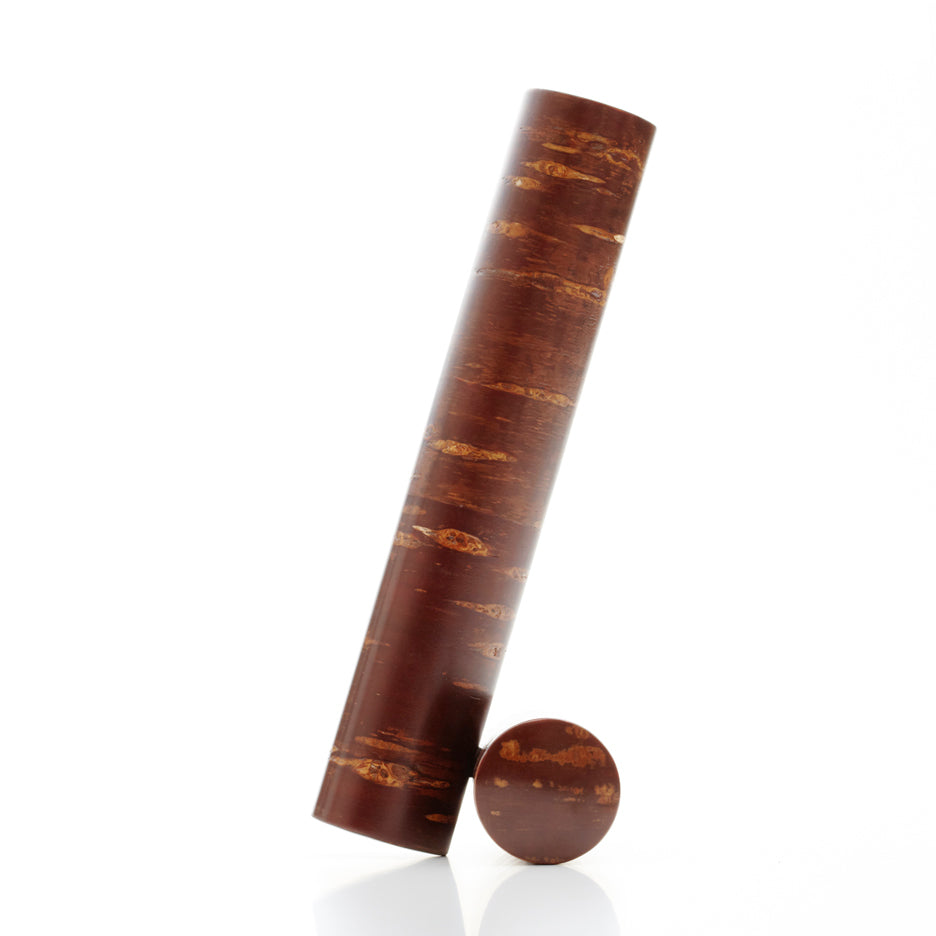
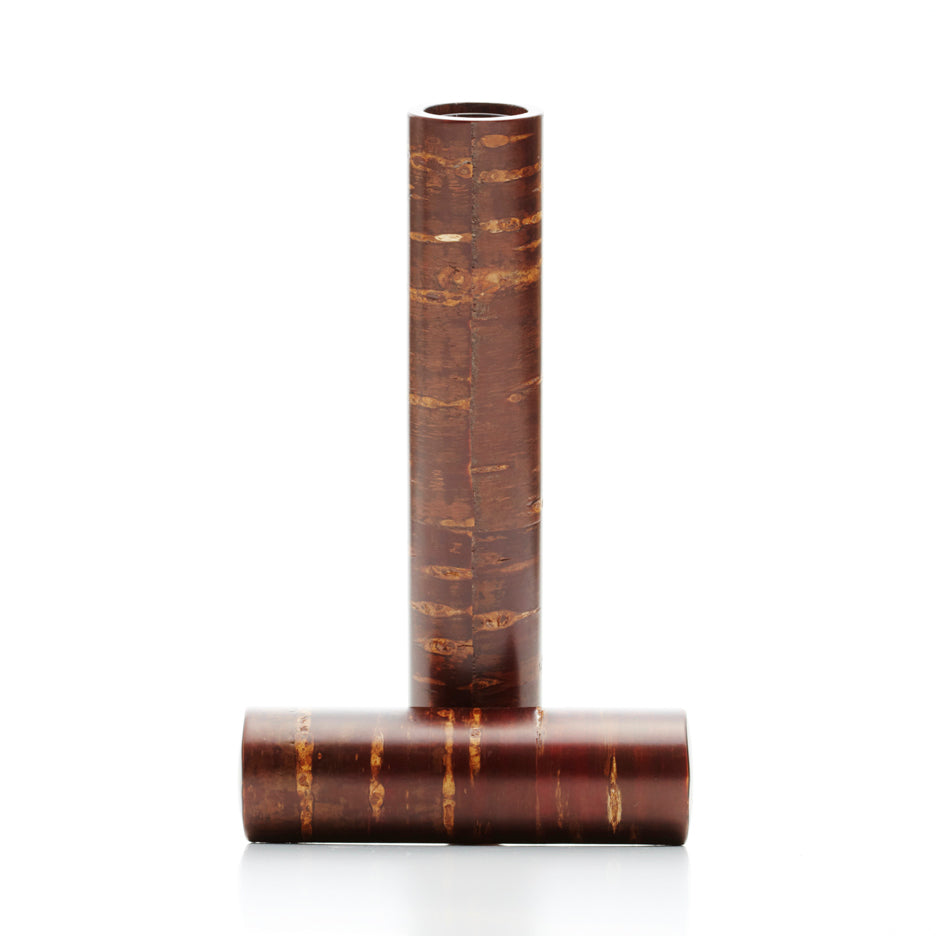
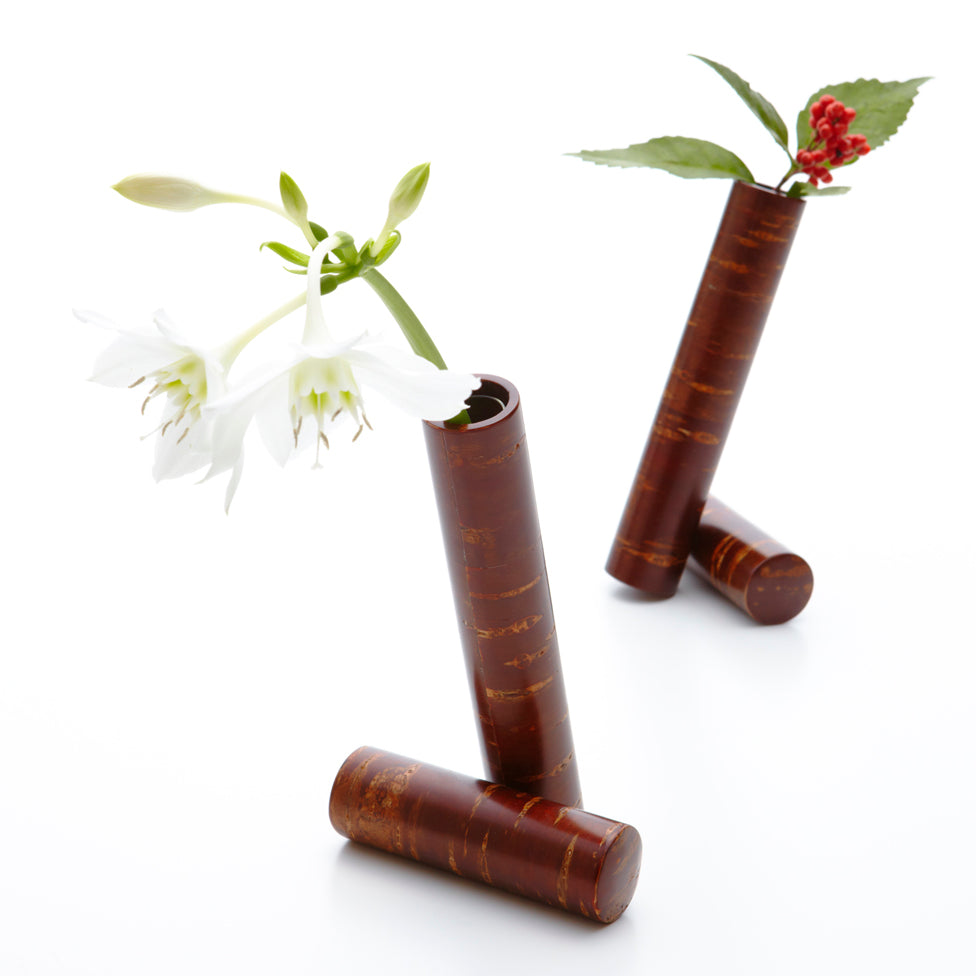
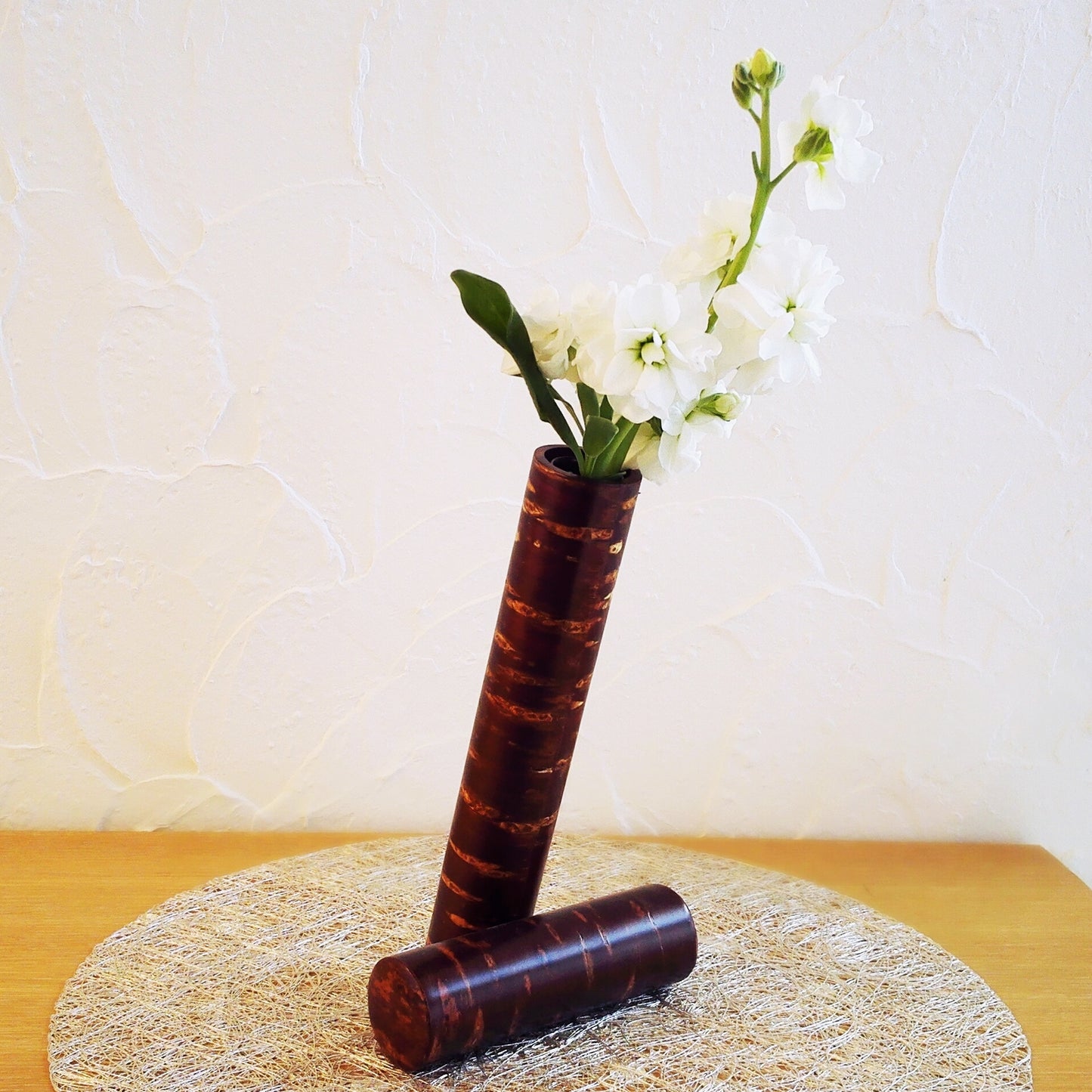
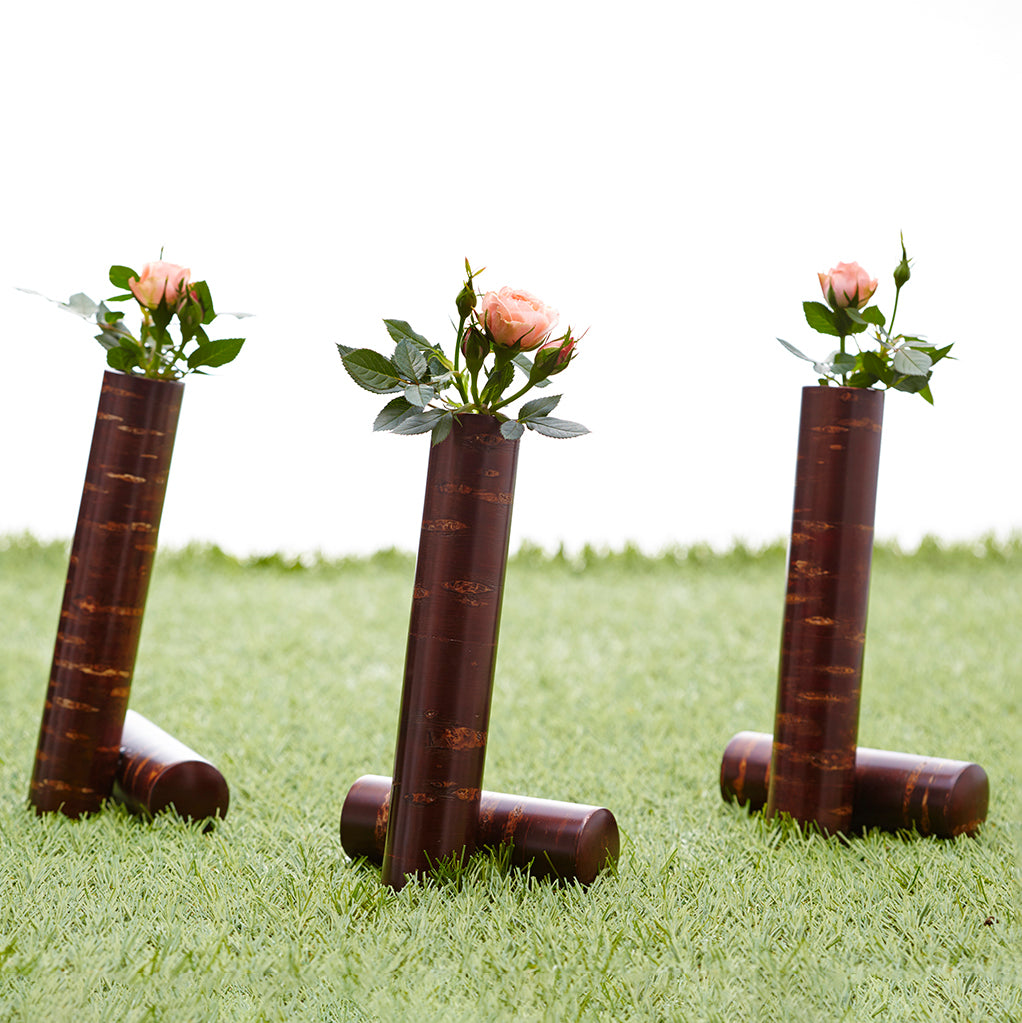
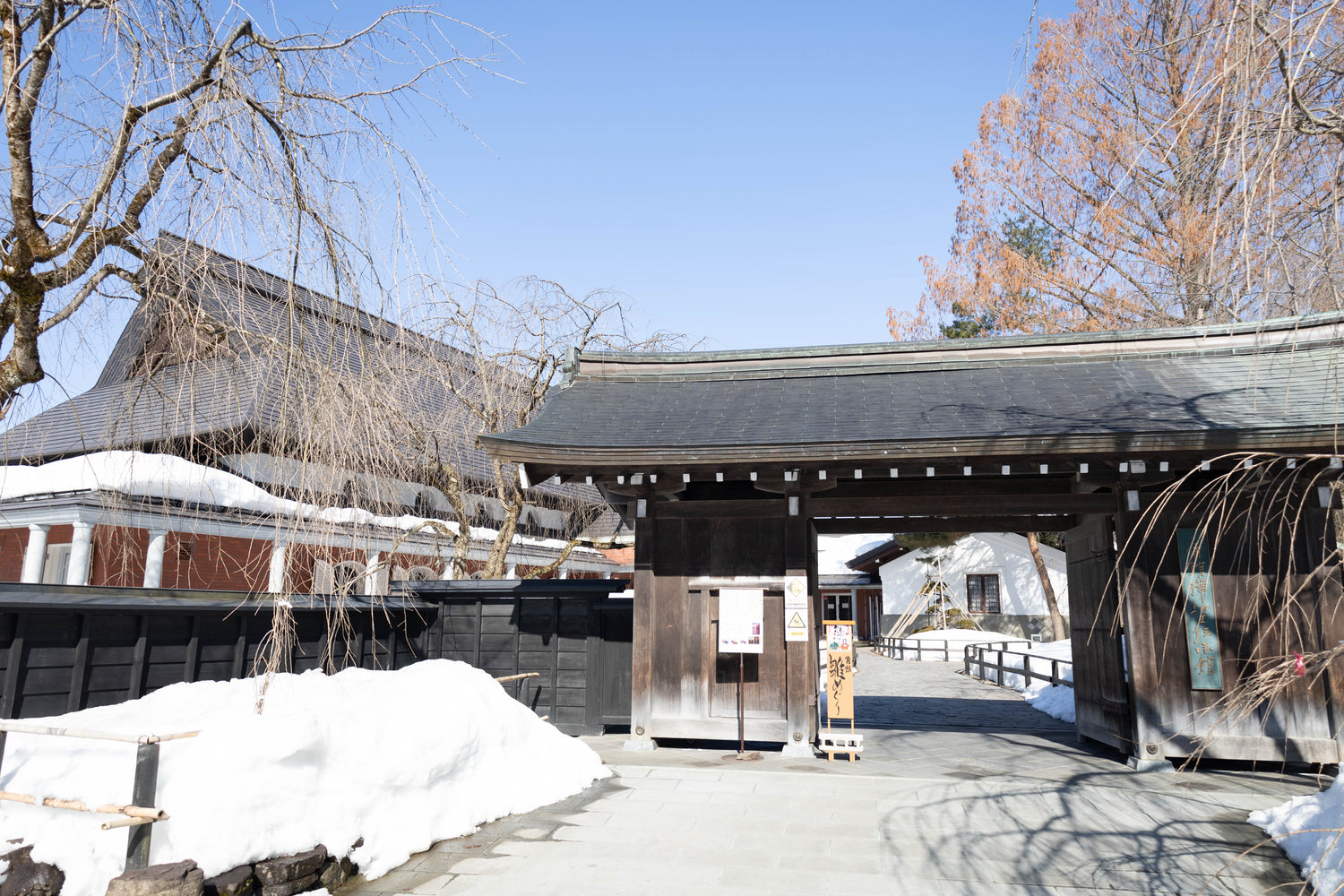
The History of Kabazaiku
Kabazaiku originated when samurai of Kakunodate mastered the craft technique utilizing "mountain cherry bark" that had been passed down in the Ani region of northern Akita Prefecture since the mid-Edo period. As a side occupation for lower-ranking samurai, many items such as inro (medicine cases) and doran (tobacco pouches) were produced, but today, a wide range of everyday items and accessories are manufactured, centered around tea canisters.
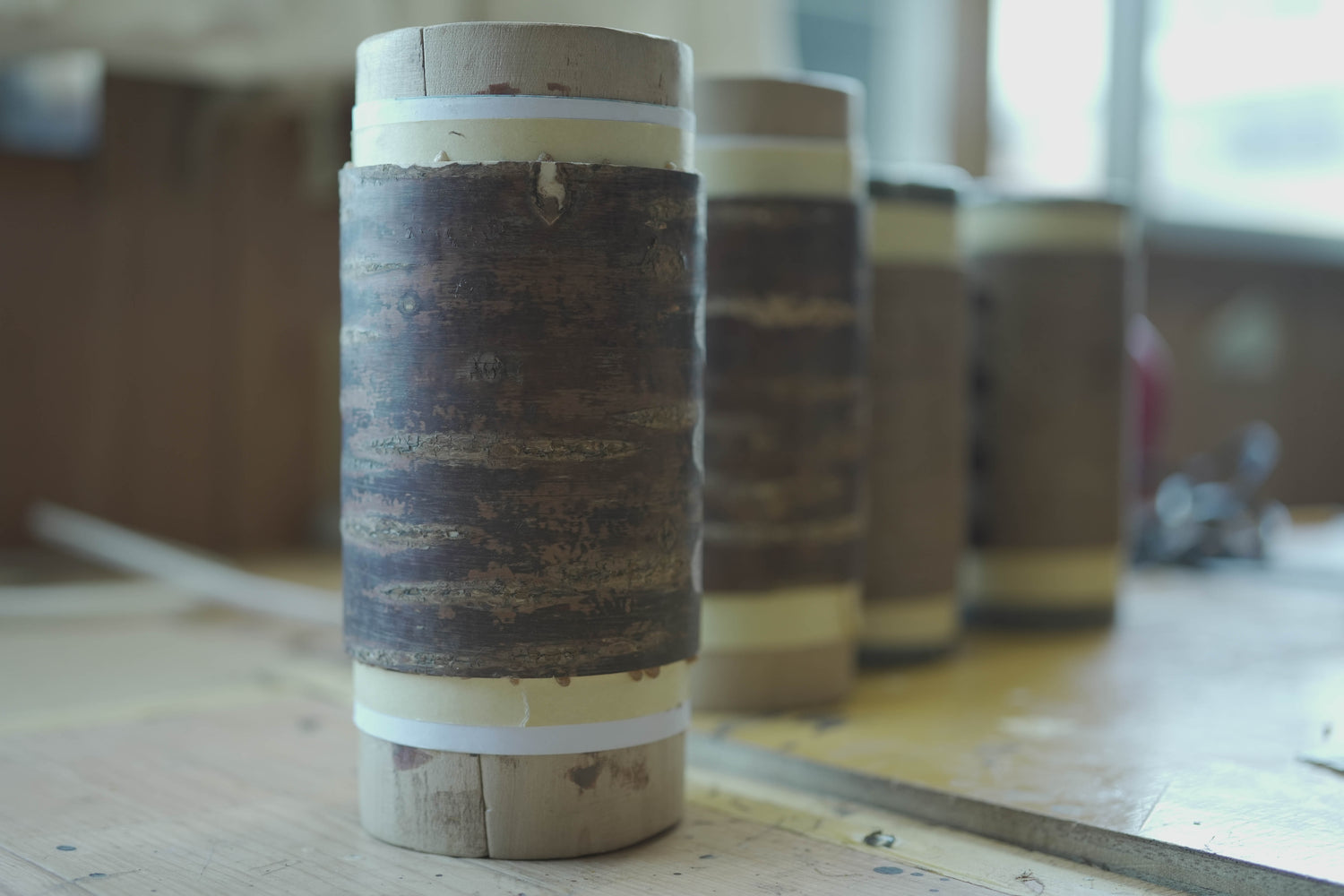
The birch craft method
There are three techniques in cherry bark craft. "Katamono" involves creating a core according to a wooden mold and applying cherry bark over it to form cylindrical objects. "Kijimono" uses a wooden base as the foundation. "Tatamimono" involves layering dozens of polished wild cherry bark pieces, building up thickness, and then carving them into various shapes.
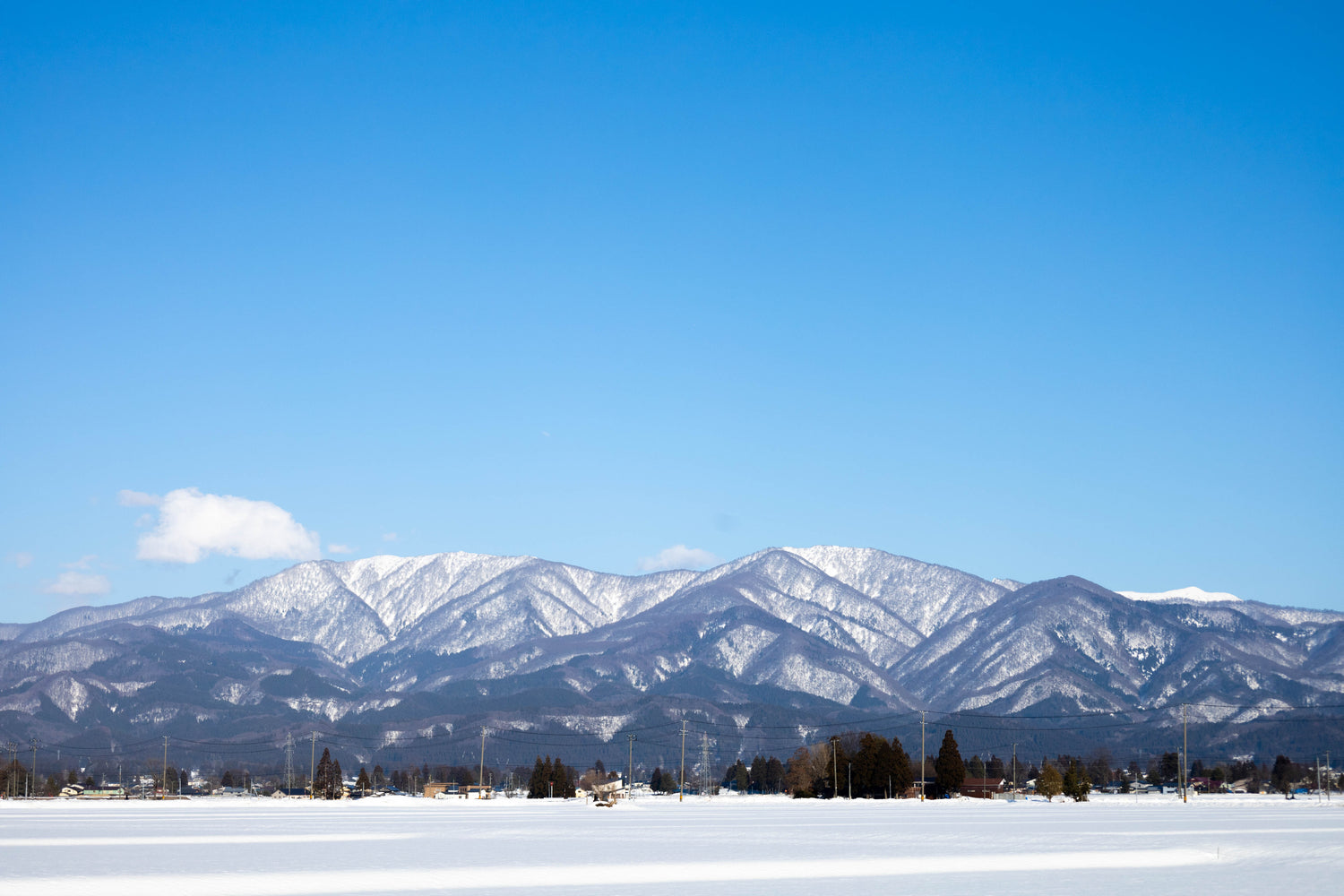
Mountain and birch crafts
We harvest bark from wild cherry trees in broadleaf forests where forest renewal work is conducted (with felled trees primarily used as pulp material). From after the rainy season until around September, our craftsmen personally enter the mountains, climb the wild cherry trees before they are felled, and harvest the bark. The wild cherry trees that are subsequently felled regenerate through sprouting and coppicing, multiplying several-fold, thus contributing to forest conservation and the preservation of local industry.
Birch crafts
Kabazaiku crafts are produced in Kakunodate, Akita Prefecture, surrounded by mountains. The bark of wild cherry trees, which serves as the raw material for kabazaiku, is carefully peeled from the trunk and air-dried in the shade for more than 2 years to remove moisture. This bark is then delicately shaved with a knife to bring out the distinctive luster and deep, subdued coloring characteristic of the bark. Due to its properties of avoiding humidity while preventing drying, it is utilized in items such as tea canisters.
Other products
-
Frustum clay pot (white glaze)
Regular price $65.00Regular priceUnit price per -
ST Mesh Dripper M (for 1 to 4 cups)
Regular price $18.00Regular priceUnit price per -
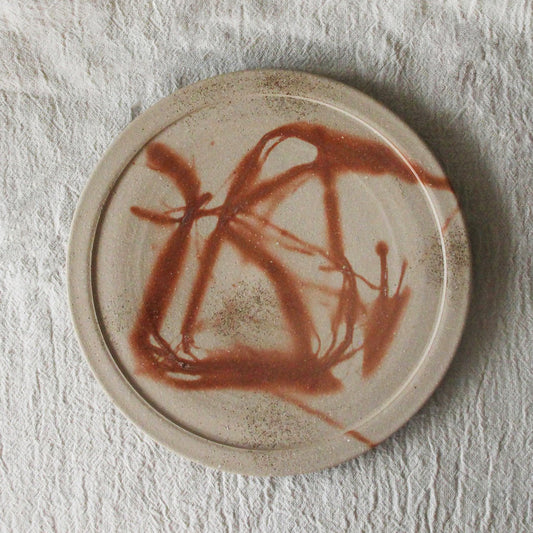 Sold out
Sold outDinner plate 27cm (Hidaski)
Regular price $53.00Regular priceUnit price per -
7 domestic palm brooms
Regular price $152.00Regular priceUnit price per








